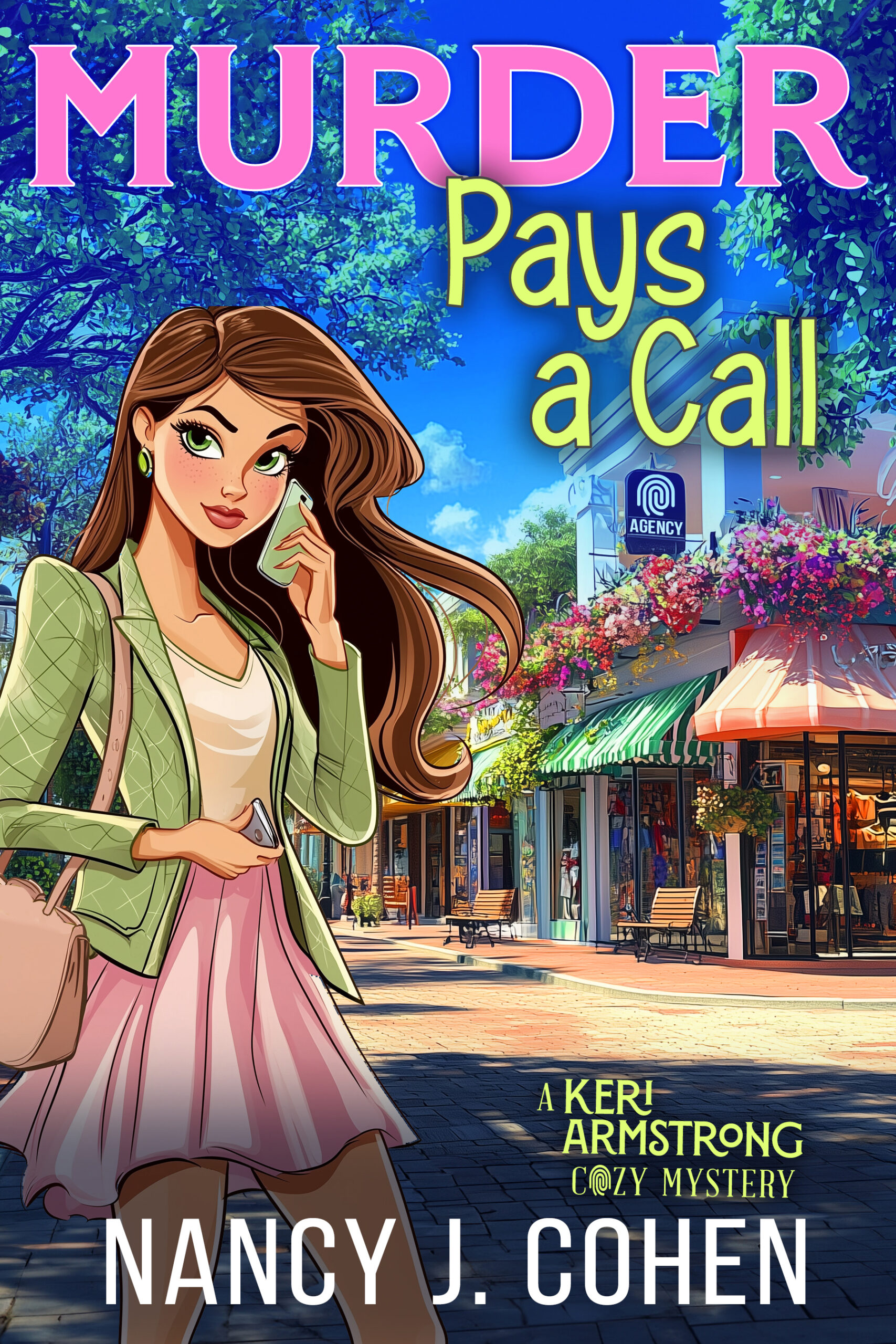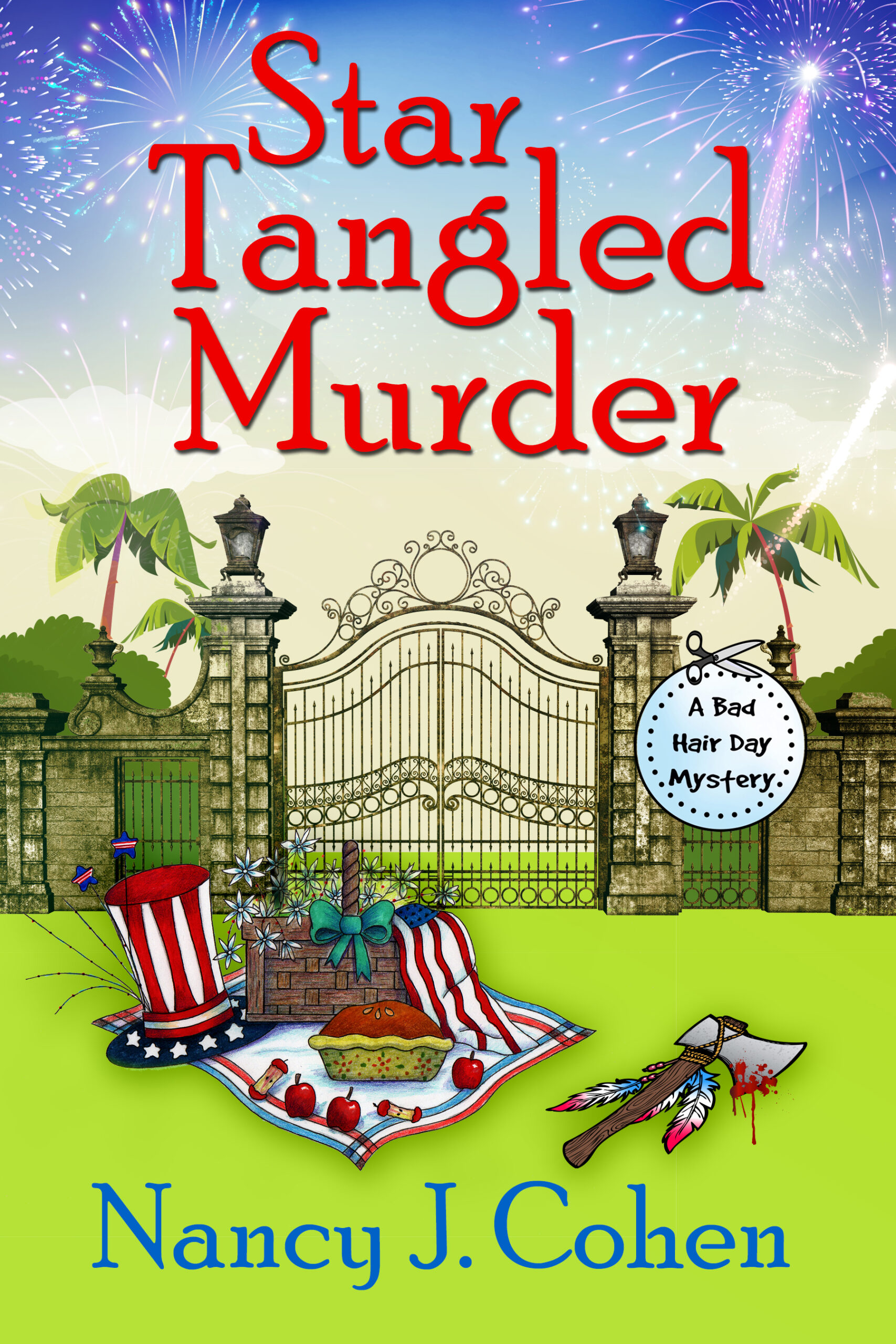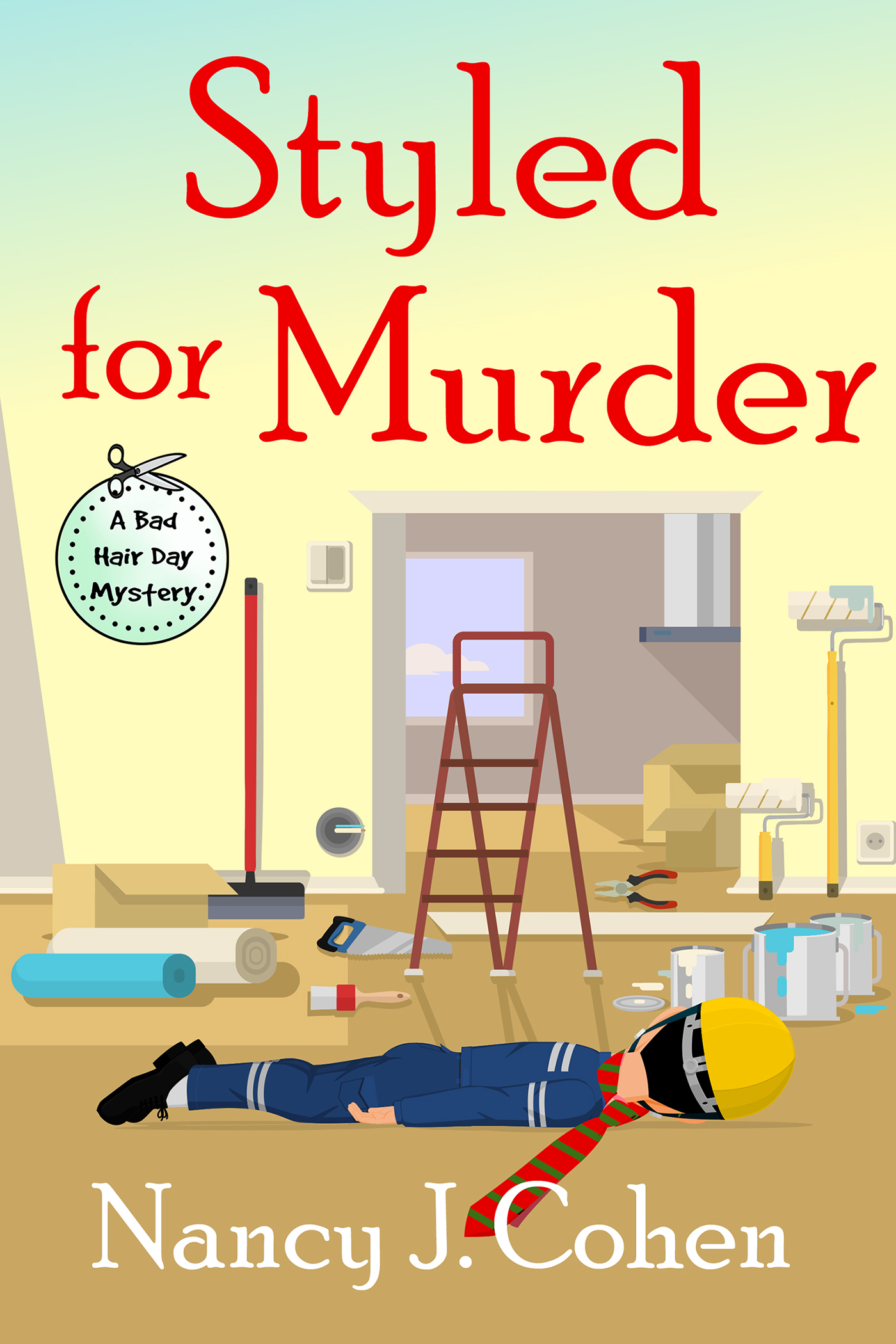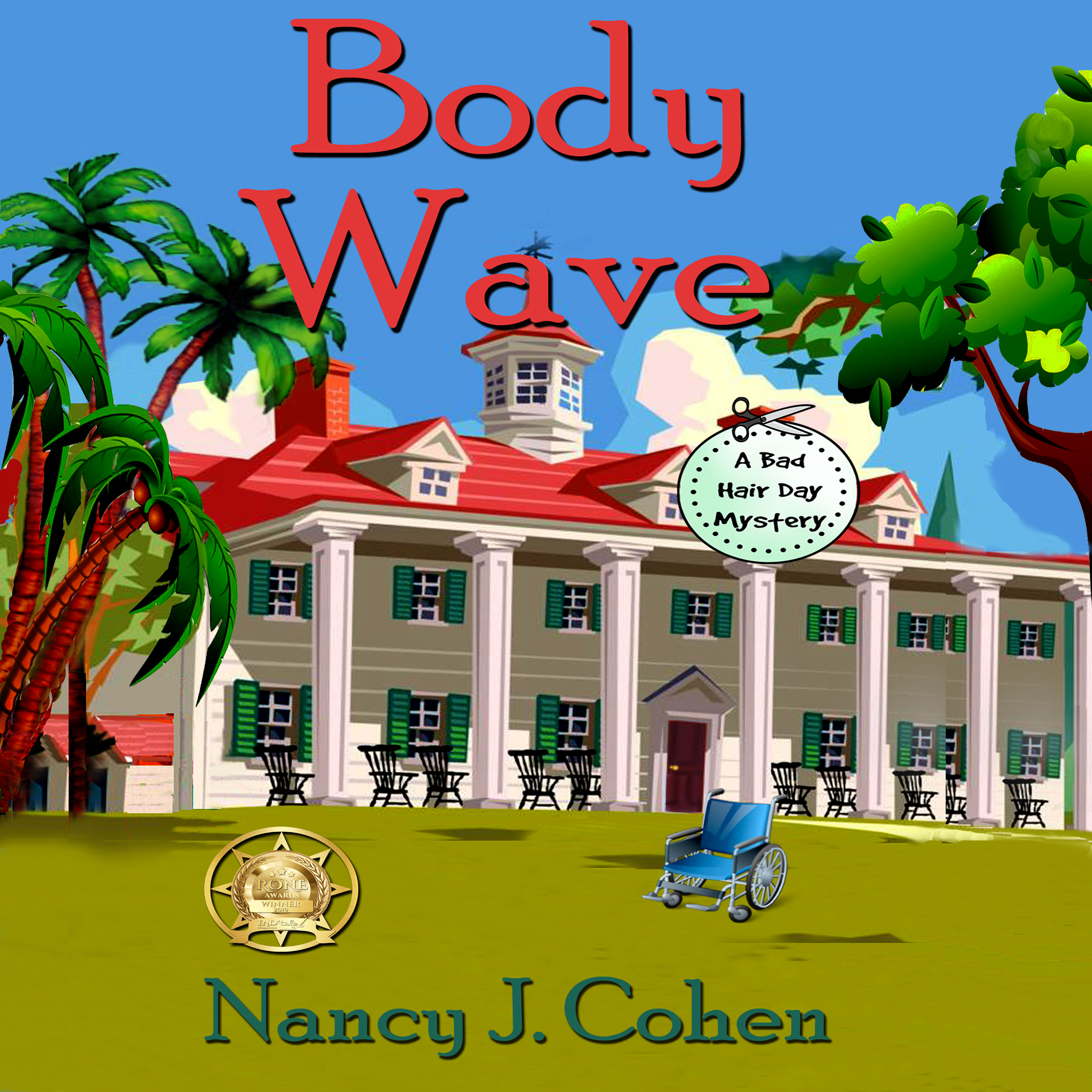Visiting the National Postal Museum in Washington D.C. is an enlightening experience. From the history of mail delivery via land, sea, and air to postal police to rare stamps, the exhibits need more than one day to absorb. If you’re into vehicles, there’s a mail train car, a stagecoach, vintage airplanes, and postal trucks among other awesome displays. After touring the voluminous halls, I came away with a new appreciation for mail carriers. You can read about my experience here.
Postage stamps figure into Easter Hair Hunt, #16 in the Bad Hair Day Mysteries. Lacey Tremayne, owner of a historic estate open to the public for tours and catered events, tells my hairstylist sleuth how her late husband had collected stamps. Lacey never paid much attention to his hobby, but she did like the historical aspects. Here she explains to Marla about the early history of our postal service. Why is this relevant? Marla found the chief gardener dead on the estate grounds after an Easter egg hunt. She’s interviewing potential suspects to find a motive.

“In the early days of mail delivery, a letter’s recipient had to pay a fee. Letters were folded and sealed with no envelopes since postage was based on weight. But people tried to cheat by putting a secret code on the outside of the letter, so the receiver could read the message and refuse delivery. The postal service turned to prepaid postage as a way to get paid for their efforts.”
“Sealing wax was used on letters,” Marla remembered from period movies she’d seen. Noblemen would stamp the melted wax with their signet rings.
“That’s correct. Rowland Hill, an English inventor, proposed that mail should go anywhere in Britain for the same rate, a penny per half ounce. The sender would pay for the postage, denoted by a small piece of colored paper on the outside of the letter. The first government-issued stamp, called the Penny Black, was issued in 1840. It was printed in black and had Queen Victoria on the picture.”
“When was the first stamp made in the United States?” Marla asked, thinking to repeat this information to Dalton. As a history buff, he’d be interested in early postal service lore.
“The U.S. Postal Service printed its first stamps in 1847,” Lacey said. “We had a five-cent stamp picturing Benjamin Franklin and a ten-cent stamp with George Washington. Most were produced in pre-gummed, non-perforated sheets that clerks had to cut.”
“What kind of stamps did Connor collect?”
Lacey spread her hands. “You’d have to ask his pal, Jonas Sommers. I liked learning about the history aspect but not the rest. Jonny is a walking encyclopedia on the topic.”
“Did this guy have any interest in buying Connor’s collection after he passed? That would have made it easier for you to unload the stuff.”
“No, I went through a stamp dealer. Jonny acted oddly at the time. He advised me to hold onto Connor’s stamps. But neither Daniel nor I had any interest in them. It’s like any collection. You pay a lot to acquire the items and then receive barely anything when you sell them.”
What did happen to Connor’s stamps? Were all of them sold, or were some hidden in the same private vault where he kept his sword collection? No one could seem to locate this secret stash.
If you want to read more on the history of postage stamp prices in the UK, Go Here for a quick summary.
Routine mail delivery is something we shouldn’t take for granted. It’s fascinating to learn about the postal service and the methods of delivery by air, sea and land. Mail carriers used to deliver the mail to us no matter the weather outside. Nowadays they’ll often stick the mail into cluster mailboxes at the entrance to a housing development. I much prefer our mail slot in the front door and an older community where the carrier goes from house to house.
How do you get your mail delivered? Do you have the same person each day on your route?
<><><>
Easter Hair Hunt, #16 in the Bad Hair Day Mysteries
An Easter egg hunt at historic Tremayne Manor leads hairstylist Marla Vail to discover more than just dyed eggs. The dead body in the bunny costume is definitely not having a good hare day. Marla and her husband, homicide detective Dalton Vail, make an eggcellent team. He knows Marla finds solving mysteries and hare-raising adventures to be irresistible, but she may have found a basketful of trouble this time. Can Marla pull a rabbit out of her hat and crack the case of the body in the bunny suit? Recipes Included!
BUY NOW
Amazon Kindle – https://www.amazon.com/dp/B083TZ78G1
Amazon Print – https://www.amazon.com/Easter-Hair-Hunt-Bad-Mysteries/dp/0999793276/
BN Nook – https://www.barnesandnoble.com/w/books/1136016947?ean=2940162711889
Apple – https://books.apple.com/us/book/easter-hair-hunt/id1494917053?ls=1
Kobo – https://www.kobo.com/us/en/ebook/easter-hair-hunt
Books2Read – https://books2read.com/EasterHairHunt
IndieBound – https://www.indiebound.org/book/9780999793275
Goodreads – https://www.goodreads.com/book/show/50494022-easter-hair-hunt
BookBub – https://bit.ly/2u7ggIu
Website – https://nancyjcohen.com/easter-hair-hunt/
GIVEAWAY
LAST DAY! Enter Here to win an Easter Fun Box with a signed proof copy of Easter Hair Hunt, a scarf, cosmetic bag, gardening gloves, candy, hair ties, dish towel and socks.























